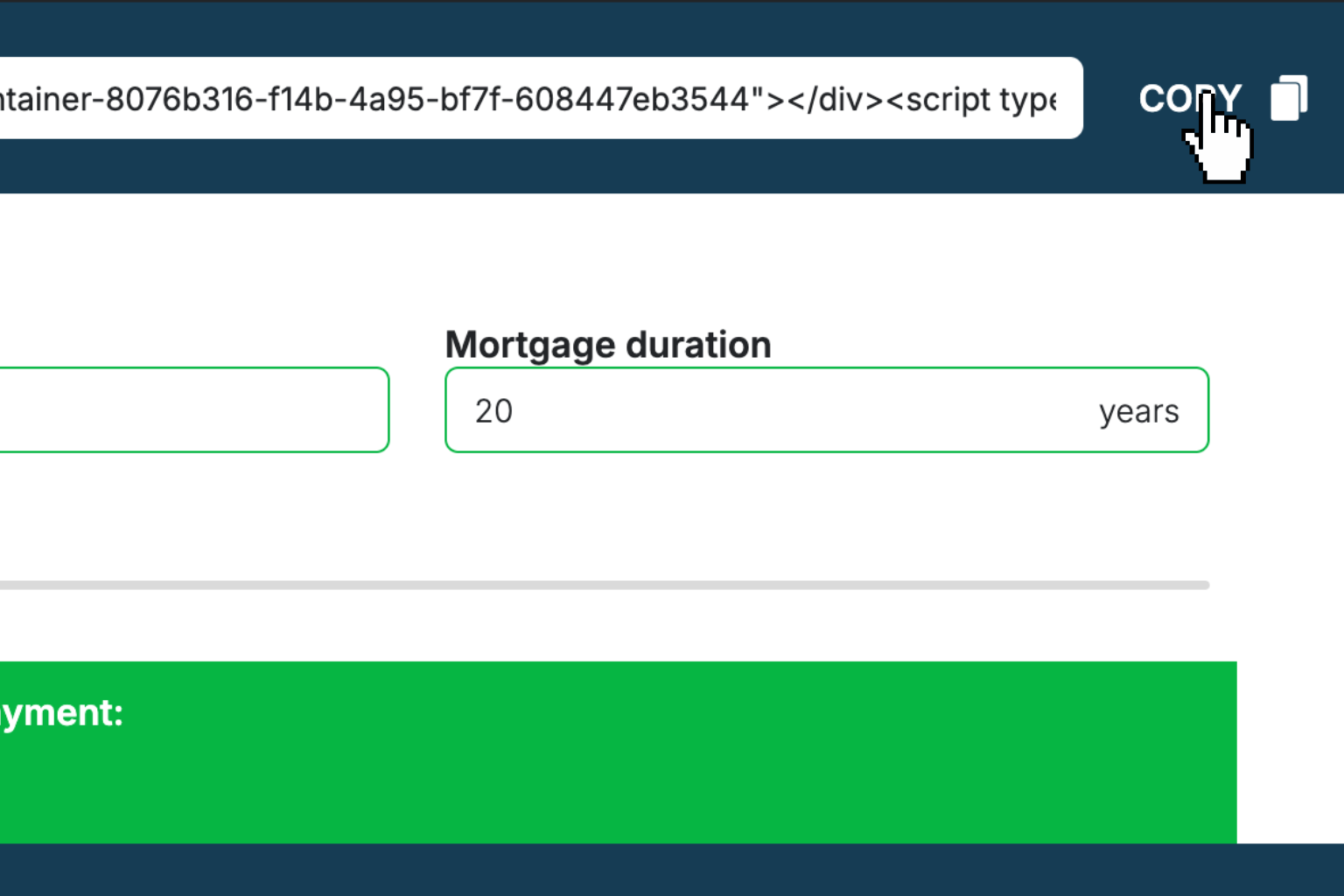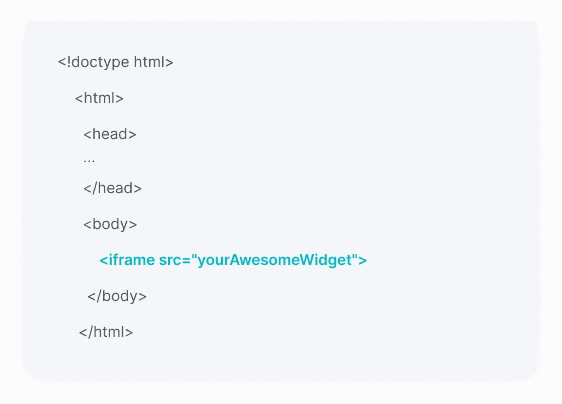Fabric Calculator
Calculate exactly how much fabric you need to cut multiple identical pieces without waste or guesswork.How Fabric Calculator Works
This fabric calculator helps you figure out the minimum fabric length needed when cutting multiple pieces of the same size. It determines how many pieces fit across your fabric width, calculates how many rows you'll need to cut, then multiplies by piece length to get the total fabric requirement.
The calculator works in three steps: first, it divides your fabric width by piece width to see how many pieces fit side-by-side (rounding down to whole pieces). Then it determines how many rows you need by dividing total pieces needed by pieces per row. Finally, it multiplies the number of rows by piece length to get your fabric yardage.
This tool is especially useful for quilting projects, craft patterns, or any sewing project where you need multiple identical rectangles or squares. It helps minimize fabric waste by optimizing the cutting layout and ensures you buy exactly what you need.
Fabric Calculator Formula Breakdown
Formula
Required fabric length = Piece length × (Number of pieces ÷ Pieces that fit across fabric width)Variables Explained
- Fabric widthThe usable width of your fabric from selvage to selvage. Standard quilting cotton is typically 44-45 inches wide, though you should measure your specific fabric as widths can vary. This measurement determines how many pieces you can fit side-by-side.
- Piece widthThe width of each individual piece you need to cut, including seam allowances if applicable. This should be the finished size plus any extra fabric needed for hemming or seaming.
- Piece lengthThe length of each individual piece you need to cut, including seam allowances. Like piece width, this should include any extra fabric needed for finishing edges.
- Number of piecesThe total quantity of identical pieces you need for your project. This could be squares for a quilt, rectangles for a craft project, or any uniform shapes for your sewing pattern.
Example Calculation
Given:
- Fabric width: 45 inches
- Piece width: 20 inches
- Piece length: 30 inches
- Number of pieces: 4 pieces
Calculation:
Pieces across fabric: 45 ÷ 20 = 2.25, rounded down to 2 pieces
Rows needed: 4 ÷ 2 = 2 rows
Required fabric length: 30 × 2 = 60.00 inchesResult:
60.00 inchesExplanation
This example shows cutting 4 pieces measuring 20×30 inches each from 45-inch wide fabric. You can fit 2 pieces across the width, so you need 2 rows, requiring 60 inches (1⅔ yards) of fabric total.
Tips for Using Fabric Calculator
- 💡Always measure your actual fabric width as it can vary from the listed width, especially after pre-washing.
- 💡Consider adding 2-4 inches extra to your calculated length to account for cutting errors or fabric shrinkage.
- 💡For directional fabrics or patterns, ensure all pieces are oriented the same way, which may require additional fabric length.
Make Your Own Web Calculator in 3 Simple Steps
Create Interactive Calculator
Design your interactive calculator in under 5 minutes using our drag-and-drop builder.Preview & Generate Embed Code
Review your calculator and copy the embed script when you're satisfied with the results.Embed Calculator Into Your Website
Paste the code into your website's HTML. Works on WordPress, Shopify, Wix, and any platform.
Eugen
Creator of Creative Widgets“After 10+ years in digital marketing, I’ve built calculators that drove thousands of new leads for clients. I realized one thing: calculators convert. They're killer for CRO and great for SEO. That's why I built Creative Widgets—an easy, no-code calculator builder. ”
It's free. Try it out. You'll like it.




